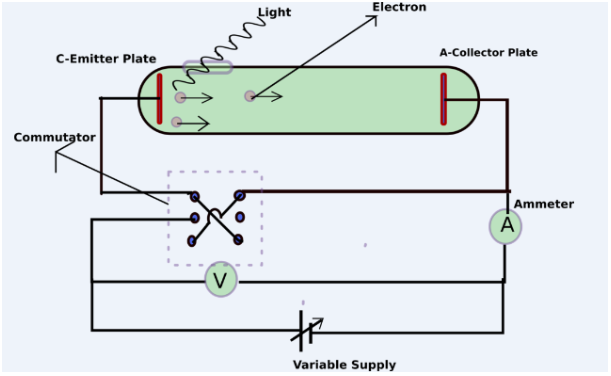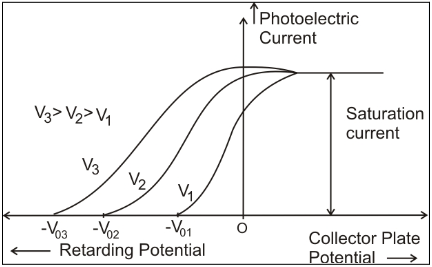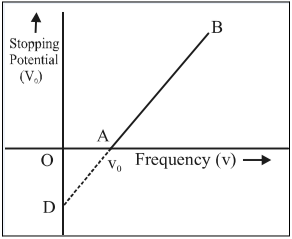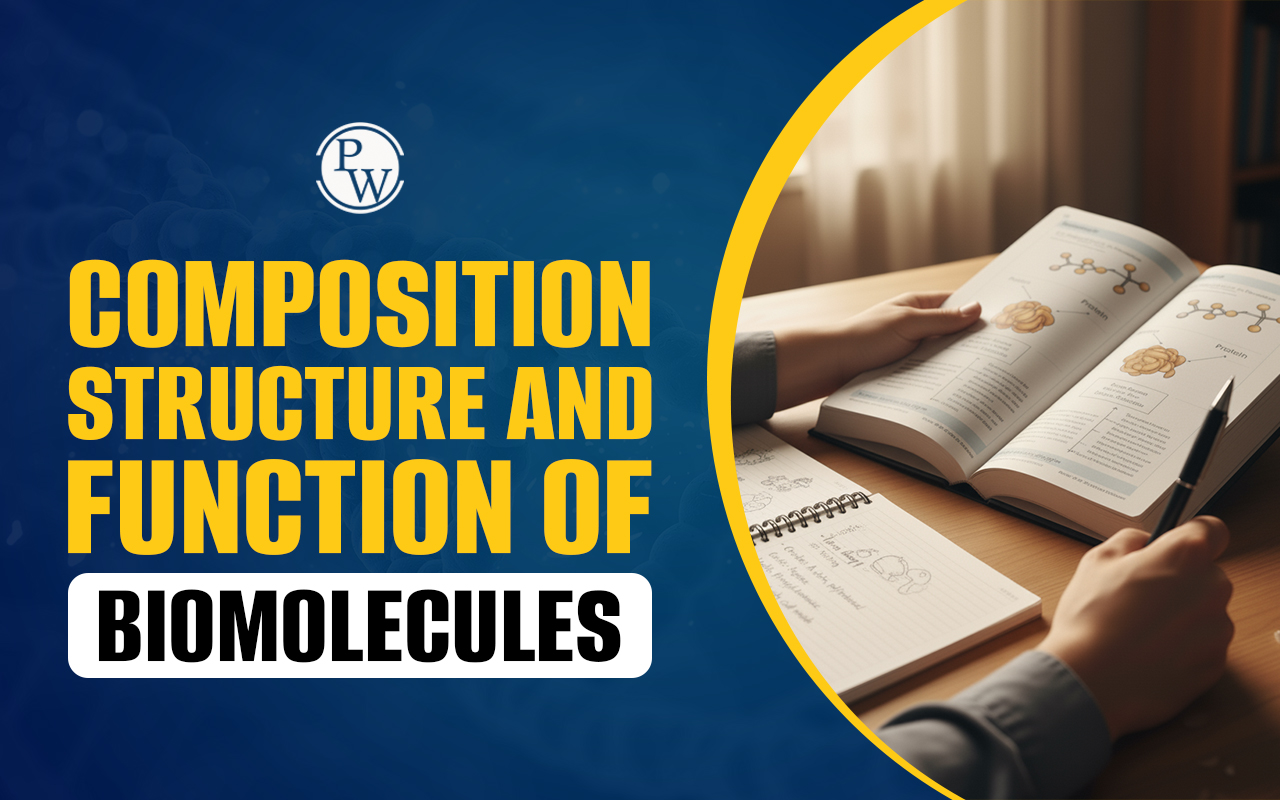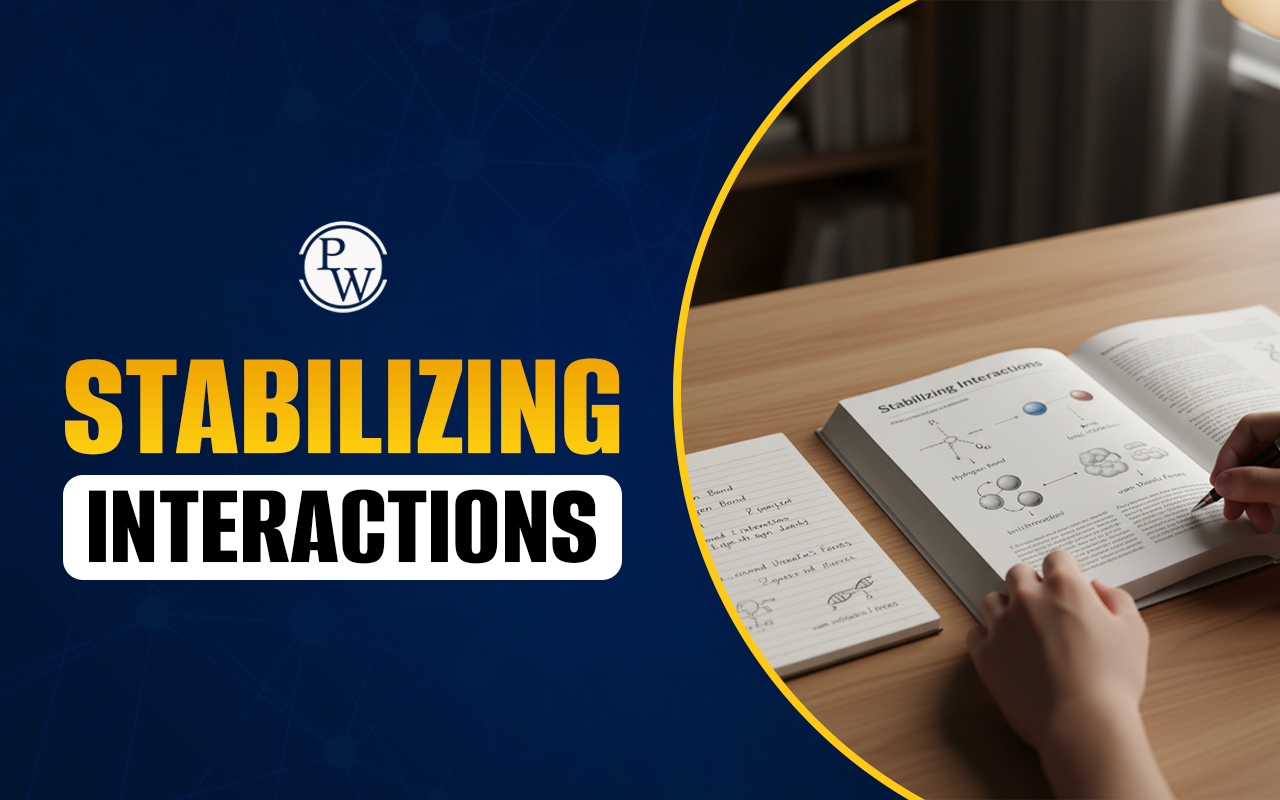
Wilhelm Ludwig Franz Hallwachs was the first to introduce the photoelectric effect in the year 1887 and was discovered by Heinrich Rudolf Hertz through his experimental verification. They observed that when a surface is exposed to electromagnetic radiation at a higher threshold frequency, the radiation is absorbed and the electrons are emitted. Now we will study material absorbing electromagnetic radiation and releasing electrically charged particles.
“When electromagnetic radiation of high enough frequency is incident on a metal surface, electrons are emitted from the surface. This phenomenon is called the photoelectric effect and the emitted electrons are generally called photoelectrons”.
- No electrons are emitted if the incident radiation has a frequency less than a threshold frequencyν 0 .The value ofν 0 varies from metal to metal.
- If the frequency of the incident radiation is exactly equal to the threshold frequency there will be an emission of photoelectrons, but their kinetic energy will be equal to zero.
- The kinetic energy of emitted electrons varies from zero to a maximum value. The maximum value of energy depends on the frequency and not on the intensity of radiation.
- The number of photoelectrons emitted per second, or the photoelectric current, is proportional to the intensity of radiation.
Failure of classical theory:
Classically the maximum energy of emitted electrons increases with the intensity of incident radiation but has no effect on the frequency of radiation. The reason is the force exerted on the electrons is proportional to the Electric field, and the magnitude of the Electric field increases with intensity. Contrary, it is observed that the energy of the photoelectrons is independent of intensity but depends on frequency. Classically, electromagnetic energy is absorbed by the electron and the electron can only be ejected only when this energy becomes more than the work function. There is a time lag between the incident radiation and the emission of the electrons.Einstein’s Theory:
Einstein explained the photoelectric effect using Planck’s quantum hypothesis. Planck assumed that the exchange of energy between the walls of a cavity and the radiation of frequencyνtakes place in quanta of magnitude h ν where h is Planck’s constant. He suggested that the incident radiation itself acts like a stream of tiny bundles or quanta of energy h ν . These quanta came to be known as photons. When a photon collides with an electron on a metal surface it can be absorbed, losing all the energy to the electron. If the work function of the metal is W, this is the energy expended to remove the electron from the surface. The maximum kinetic energy E max and the velocity v max of the emitted electron are given by,E max = 1/2m ν 2 max = h ν - W
This is Einstein's photoelectric equation.
“Work function W of a material is the minimum amount of energy required to remove an electron from its surface”.
W = h ν 0
E max = h ν - h ν 0
Hence, no emission is possible ifν <ν 0 .“If the collector plate in the photoelectric effect apparatus is made negative electrons are repelled back. For a certain value V0 of negative potential, the most energetic electrons are turned back, and therefore photoelectric current becomes zero. This potential is called Stopping or cut-off potential”.
eV 0 = E max
V 0 = h/e( ν - ν 0 )

